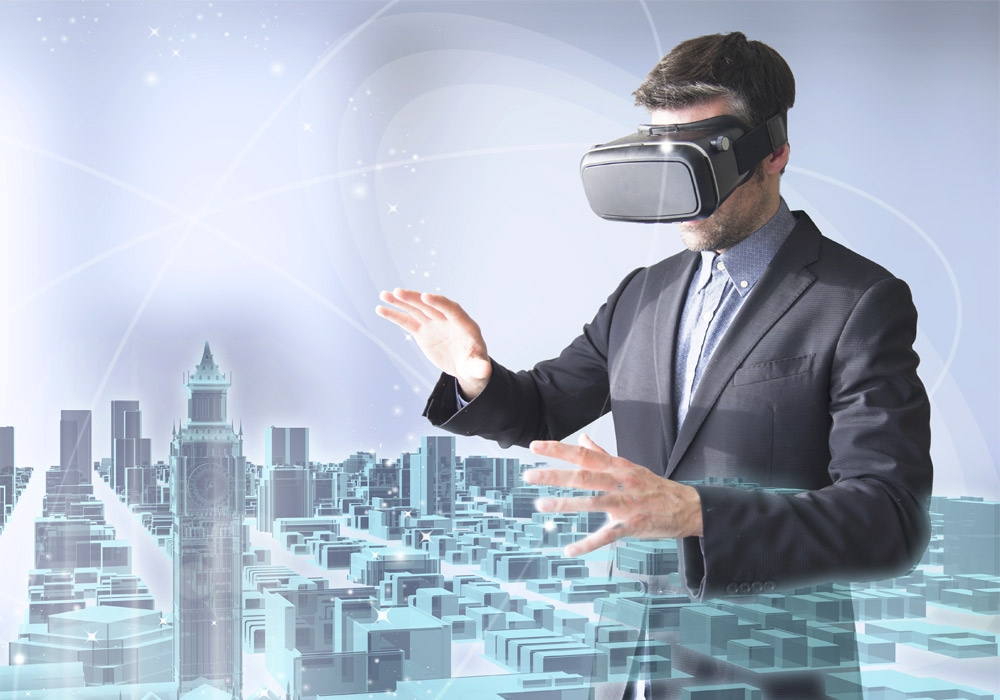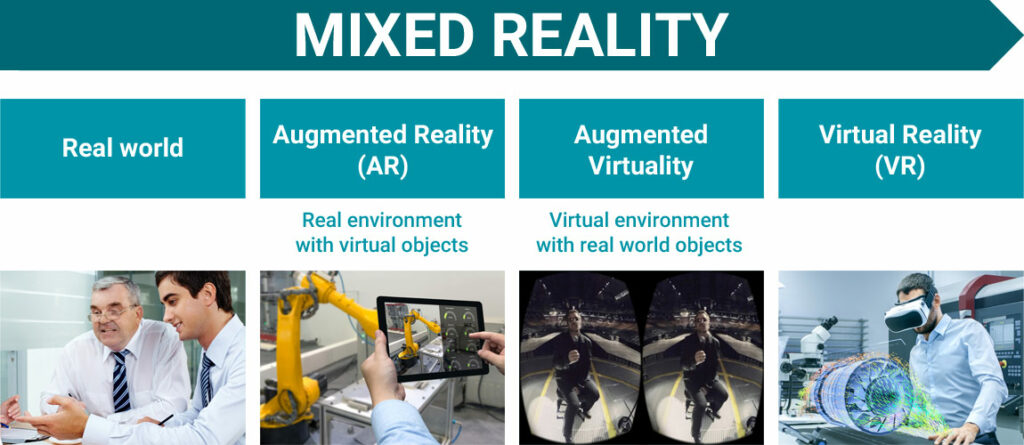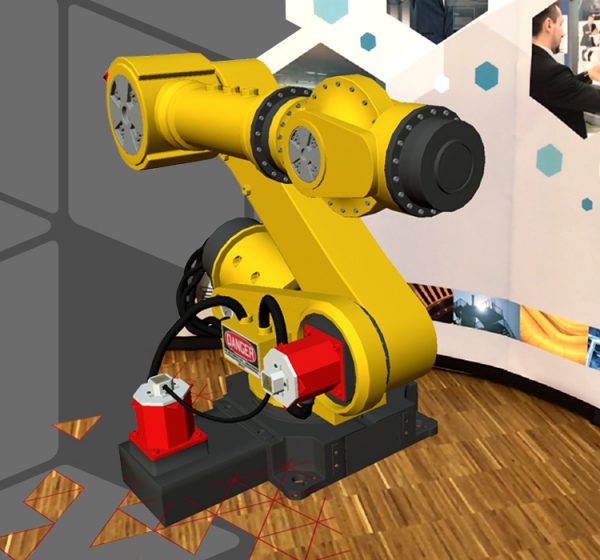Immersion and immersive worlds: The challenge of the present
With the development of so-called immersive technologies, there are ever increasing possibilities to create detailed virtual worlds in which the user can become immersed. Immersion here refers to the effect where the user perceives the virtual environment as very close to reality. This term is also often used in connection with virtual reality (VR).
VR in particular enables a very high degree of immersion. Even if it is only a computer-generated environment, the visual experience makes it seem to our brain and senses as if the virtual world is real. For example, people who are afraid of flying react similarly to a computer-generated flight in a flight simulator as they would to a real flight in an aeroplane, even though they are always on the ground during the simulation.
But what does immersion mean for virtual reality and how are the two related?
What is immersion?
Mental immersion
Physical immersion
Immersion and presence
Different manifestations of the feeling of presence
The feeling of presence can be caused by various factors:
- Plausibility illusion
- Place illusion
- Involvement
Plausibility illusion
Place illusion
Involvement
What is immersive media?

What does immersion mean in English?
What do AR and VR mean for immersion?
Reality-Virtuality Continuum
Milgram’s Continuum – Mixed Reality (MR)

Immersion in augmented reality
The power of immersive marketing is that users can be fully immersed in the content of an application using AR or VR technologies, creating a real sense of presence.
Unlike virtual reality, augmented reality has the great advantage of not having to rely on expensive VR glasses. This technology can be used with various output devices – such as Mobile AR. On a smartphone or tablet, the AR software augments a live camera image with virtual elements that are visible on the display.
Augmented reality stimulates the creativity of the users and engages participants in events:
- Instead of just passively consuming content, AR provides a highly engaging opportunity for interaction with digital elements.
- Brands can easily connect with their customers, bring products directly into the consumer environment, entertain them and build relationships
- Mobile augmented reality marketing can easily be combined with other marketing disciplines, such as social media marketing
In addition to mobile AR, AR glasses are now available, but they still seem rather futuristic for everyday life at the moment. Another possibility for augmented reality is for projection solutions, which are already successfully used in marketing.
Two exciting immersive AR apps to try
i4 AUGMENTED REVIEW

i4 AUGMENTED CATALOG
Immersion in Virtual Reality
The shielded virtual reality
What is immersion?
Improving immersion in VR through technical means
There are certain tricks to enhance user immersion. Here are two good examples:
- Spatial sound has long since been used within the gaming industry. With spatial sound, the sounds in a game are matched to the events happening in the game. Spatial sound can also be used very effectively in virtual reality. It is not only suitable for games, but also for any storytelling that directs the user’s gaze specifically for advertising purposes, for example. The sound of a presenter’s voice can direct the user to individual elements of the environment if it can actually be heard from a certain direction.
- Interactivity in VR. Immersion can be significantly increased by getting the user to interact with the content. The effect is further enhanced when the user can move completely freely in an environment.
A fully immersive virtual world will be able to reproduce all our feelings, thoughts and more in a completely artificial environment. Not a single detail should be overlooked here. Any interruption or even the slightest conflicting signal to the user’s body would pull them out of the fully immersive world.
